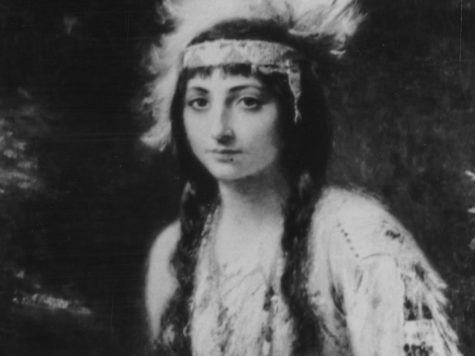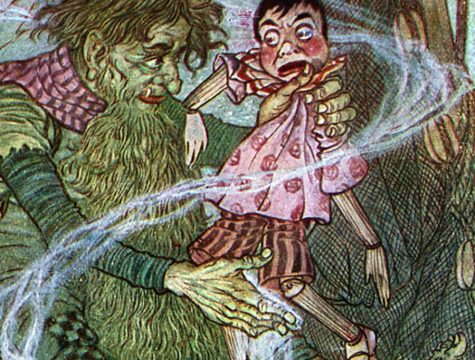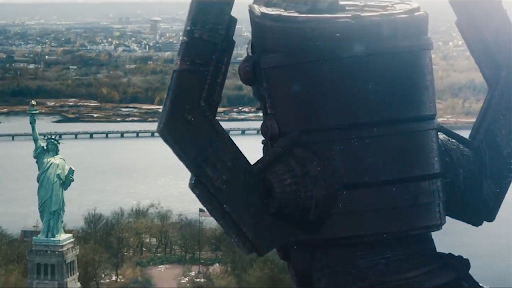Dark Disney
Will you choose to turn a blind eye and continue to enjoy these movies even with their dark origins? That’s for you to decide.
Childhood memories and fantasies are coming to an end as youth begin to discover the dark origins behind old school Disney movies such as Sleeping Beauty, Cinderella, Pinocchio and so much more. While most Disney movies advocate for old societal norms of women — like cleaning, house wife and waiting for a prince — many have arisen in the twenty first century with much darker meanings.
Sleeping Beauty, a story of true love coming to the secure to save the beautiful girl who was put under a horrible spell by an evil witch who seeked revenge on the castle and all its people. But the truth was, the Prince didn’t save her, nor did he do any good for the castle. The real inspirations for Sleeping Beauty came from Charles Parrault’ The Beauty Sleeping in the Wood and Little Briar Rose by the Brothers Grimm, both of which were inspired by Giambattista Basile’s 1634 fairytale Sun, Moon, and Talia. Basile’s work shows some more recent societal tendencies.

When the King arrives to awake Aurora (in this story Talia), a kiss does not do the job when it comes to waking her from her cursed slumper. Instead of seeking out other solutions and or simply leaving, the King decides then to go on and rape her. Leaving her impregnated and still asleep, Talia soon gives birth to two twins {while still asleep}, where one of the children ends up sucking the sprinter out of her finger, waking her up. After waking up, the King returns but has since married another women.
While the King and Talia developed a more romantic relationship, the wife of the King grows angry ordering the twins to be kidnapped, killed, cooked and served to them as food. Her plan soon comes to fails and the King goes onto divorces her and marry Talia. The lesson from this story/fantasy was suppose to be seen as “Lucky people, so ’tis said, Are blessed by Fortune whilst in bed.”
Then we get into the more accurate Disney’s movies and their inspirations. Pocahontas. Based on a real historical figure, disney’s retells the story as Pocahontas being, the strong, free-spirited daughter of Powhatan Chief Patawan. When an English settlers arrive to colonize her native land, she ends up falling in love with the handsome John Smith. After a long lasting battle for the land, she negotiates peace between his British compatriots and her tribe. But In reality, Pocahontas name was not Pocahontas, it was Motoaka.
Around the age of 10 or 12-years-old when the settlers arrived, while John Smith was about 30. These so called lovers, never had a romantic relationship, though there is evidence from Smith’s written diaries (New York Times) that he raped and impregnated her. During war, she was kidnapped and held in captive. She later married an Englishman named John Rolfe, and went back with him to Britain, where she was allegedly showcased as a ‘civilized savage’. She died, or as some may say was killed of unknown causes at the age of 21—not quite the love story Disney made it out to be.

Yet another Indigenious woman’s story told wrongly, not showcasing the true terrier in English settlers who colonized early era America.
When people hear the name Pinocchio, people visualize and see a sweet young puppet with a dream and desire to become a real boy. The Disney movie tells the tale of Pinocchio’s adventures in becoming a real boy with his friend and mentor, Jiminy Cricket.
But the original creator of Pinocchio, was Carlo Collodi. Hoping for a different image, Collodi created a character for a series of story to go into the Italian newspapers in which had the goal of showing kids the consequences of being bad. Collodi’s Pinocchio was a cruel and mischievous boy, where instead of befriending ‘Jiminy Cricket’ who was only referred to as “Talking Cricket,” was killed by Pinocchio with a mallet when ‘talking cricket’ tried to give him good advice.
Pinocchio was constantly tortured in different ways throughout the story, all punishment were because of bad behavior. Collodi initially ended the tale with Pinocchio’s death by hanging, but because of an outcry and interest from fans, Collodi was forced to continue. Deciding that Pinocchio’s life would be spared in exchange for even more gruesome punishments from that point forward.

(Charles Folkard 1914)
With just a few of the most horrifying originals of the beloved disney movies, it can truly change your whole perspective are childhood memories. Abuse, rape, violence and so many more graphic and tramatizing things were being normalized for inspiration in these and other stories, hidden behind colors, music and ‘true love’ but the truth cannot be denied nor erased. Now that you know the truth, will you choose to turn a blind eye and continue to enjoy these movies even with their dark origins?

Described as passionate and independent, editor Rhyan Herrera has been in Nest Network for three years. After this year, she plans on going to a college...





